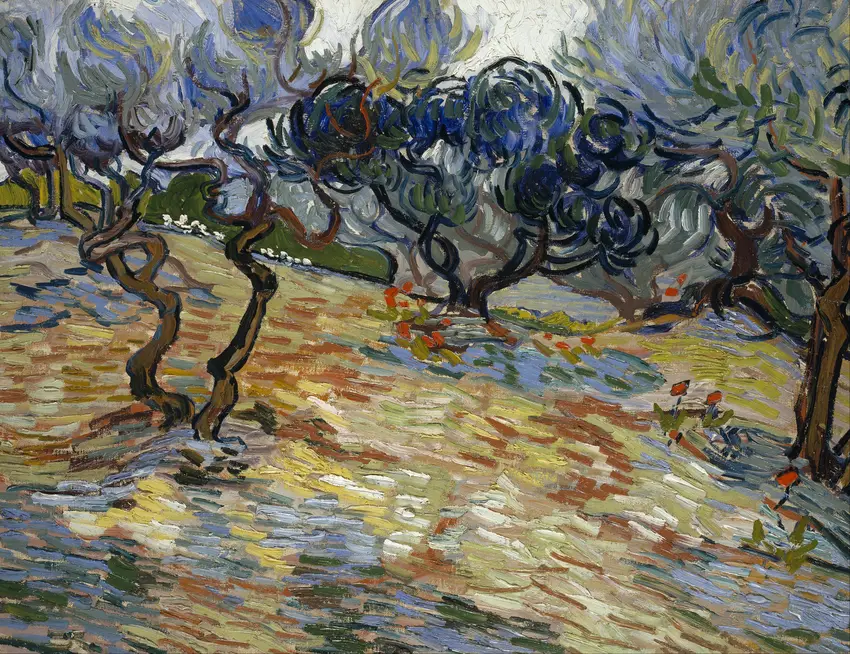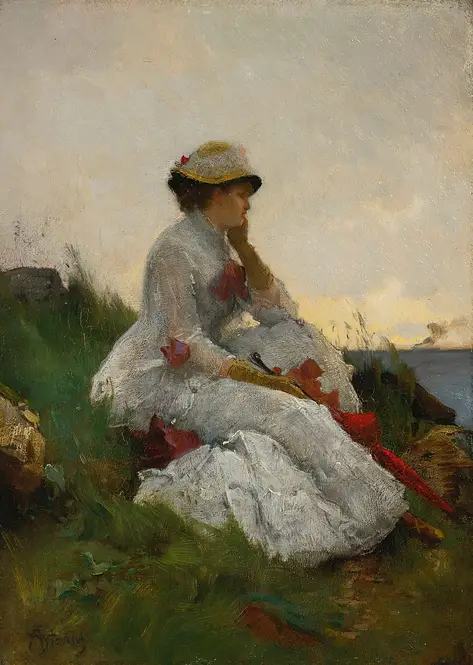Claude Monet’s *The Artist’s Garden in Giverny* (1900) bursts with life, a riot of color that feels almost tangible. The painting captures his beloved garden in full bloom, where flowers sprawl in every direction, their petals rendered in loose, energetic brushstrokes that blur the line between reality and impression. Sunlight dances across the scene, casting soft shadows and illuminating clusters of irises, their deep purples and blues contrasting against the vibrant greens of the foliage. Monet’s mastery lies in how he transforms a simple garden into a living, breathing entity—each stroke feels spontaneous, yet deliberate, as if the scene itself is in motion.
Beyond its visual splendor, the work reflects Monet’s obsession with light and nature, a theme that dominated his later years. Giverny wasn’t just a home; it was his sanctuary, a place where he could experiment endlessly with color and perception. The painting doesn’t just depict a garden—it invites you to step into it, to lose yourself in its textures and rhythms. There’s a quiet intimacy here, as if Monet is sharing not just what he saw, but how he felt standing among those flowers, bathed in the golden haze of a summer afternoon.


-full.webp)
-full.webp)




 (1892)-full.webp)
-full.webp)
-full.webp)